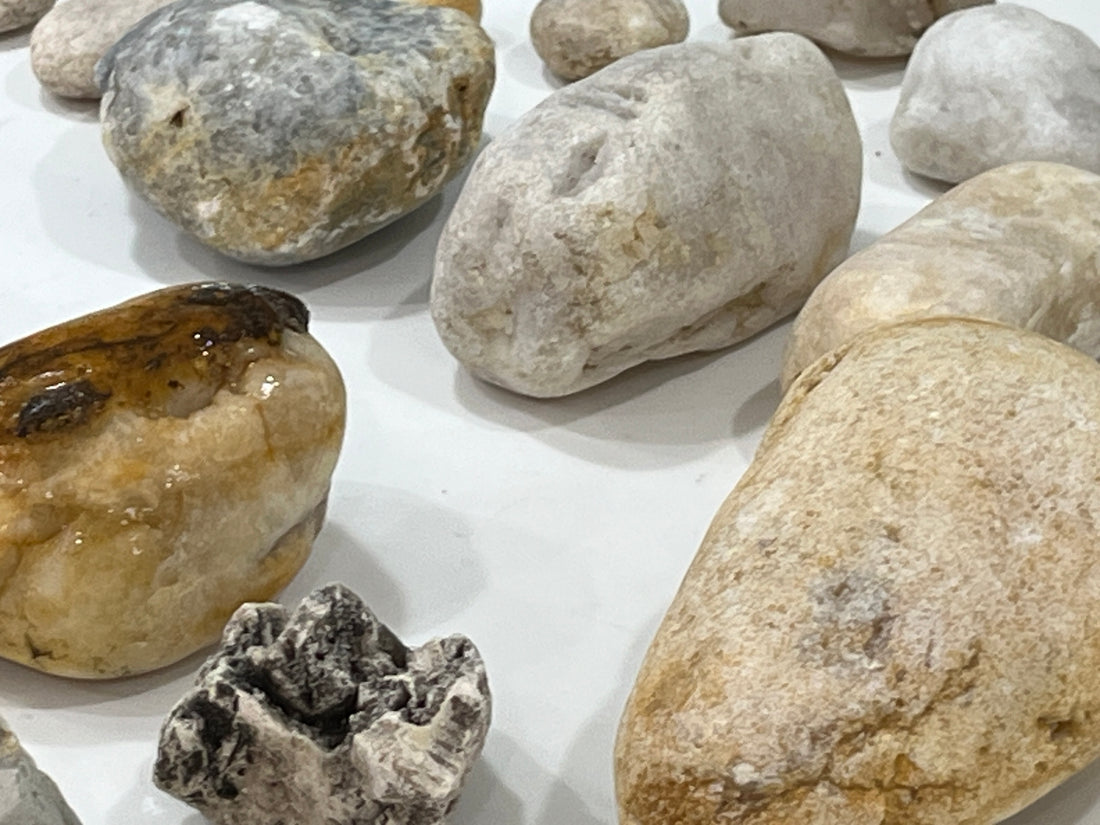
The study of fossils provides us with a remarkable window into the Earth's past, allowing scientists to unravel the mysteries of evolution and the diverse life forms that have inhabited our planet. Among these fascinating fossils, sponges stand out as ancient architects that have played a crucial role in shaping the world we know today. In this article, we will delve into the importance of fossil sponges in our understanding of evolution, explore recent discoveries, and highlight the significance of these enigmatic creatures.
The Role of Fossil Sponges in Evolution:
Sponges, members of the phylum Porifera, are among the oldest multicellular organisms on Earth, with a lineage stretching back over 600 million years. Fossil sponges have left an indelible mark on the geological record, offering valuable insights into the early stages of animal evolution. As simple filter-feeding organisms, sponges lack complex tissues and organs, yet their presence in ancient ecosystems played a crucial role in shaping the evolutionary trajectory of life.
One of the key contributions of fossil sponges is their role in understanding the Cambrian Explosion, a pivotal period around 541 million years ago when complex multicellular life forms rapidly diversified. Sponges provide a baseline for comparing the evolution of more complex organisms, helping scientists piece together the puzzle of how different animal phyla emerged and evolved over time.

New Discoveries and Technological Advances:
Recent advances in technology, including high-resolution imaging techniques and sophisticated analytical methods, have revolutionized the study of fossil sponges. Researchers can now explore microscopic details of fossilized specimens, unlocking information about their internal structures, reproductive mechanisms, and ecological roles.
One notable discovery involves exceptionally well-preserved fossil sponge beds in various parts of the world. These sites provide a snapshot of ancient marine ecosystems and offer scientists a unique opportunity to study the relationships between sponges and other organisms. The discovery of new sponge species and the elucidation of their ecological interactions contribute to our understanding of past ecosystems and how they have shaped the biodiversity we observe today.

Environmental Indicators and Climate Change:
Fossil sponges also serve as valuable environmental indicators, helping scientists reconstruct ancient ocean conditions. By examining the isotopic composition of sponge skeletons, researchers can infer details about water temperature, nutrient levels, and other environmental factors. This information is crucial for understanding past climate dynamics and can provide insights into how modern marine ecosystems may respond to ongoing environmental changes.
Conservation Implications:
Beyond their role in evolutionary studies, fossil sponges carry conservation implications. As early inhabitants of Earth's oceans, their historical presence informs our understanding of how ecosystems have changed over time. Recognizing the ecological roles played by sponges in the past can guide contemporary conservation efforts, emphasizing the importance of preserving biodiversity for the health of marine ecosystems.

Conclusion:
Fossil sponges are more than just remnants of ancient marine life; they are vital keys to unlocking the mysteries of our planet's evolutionary history. Through careful study and technological advancements, scientists continue to uncover new insights into the significance of these simple yet remarkable organisms. From shaping early ecosystems to providing clues about environmental conditions, fossil sponges contribute to a comprehensive understanding of Earth's journey through time, enriching our knowledge of the interconnected web of life.
